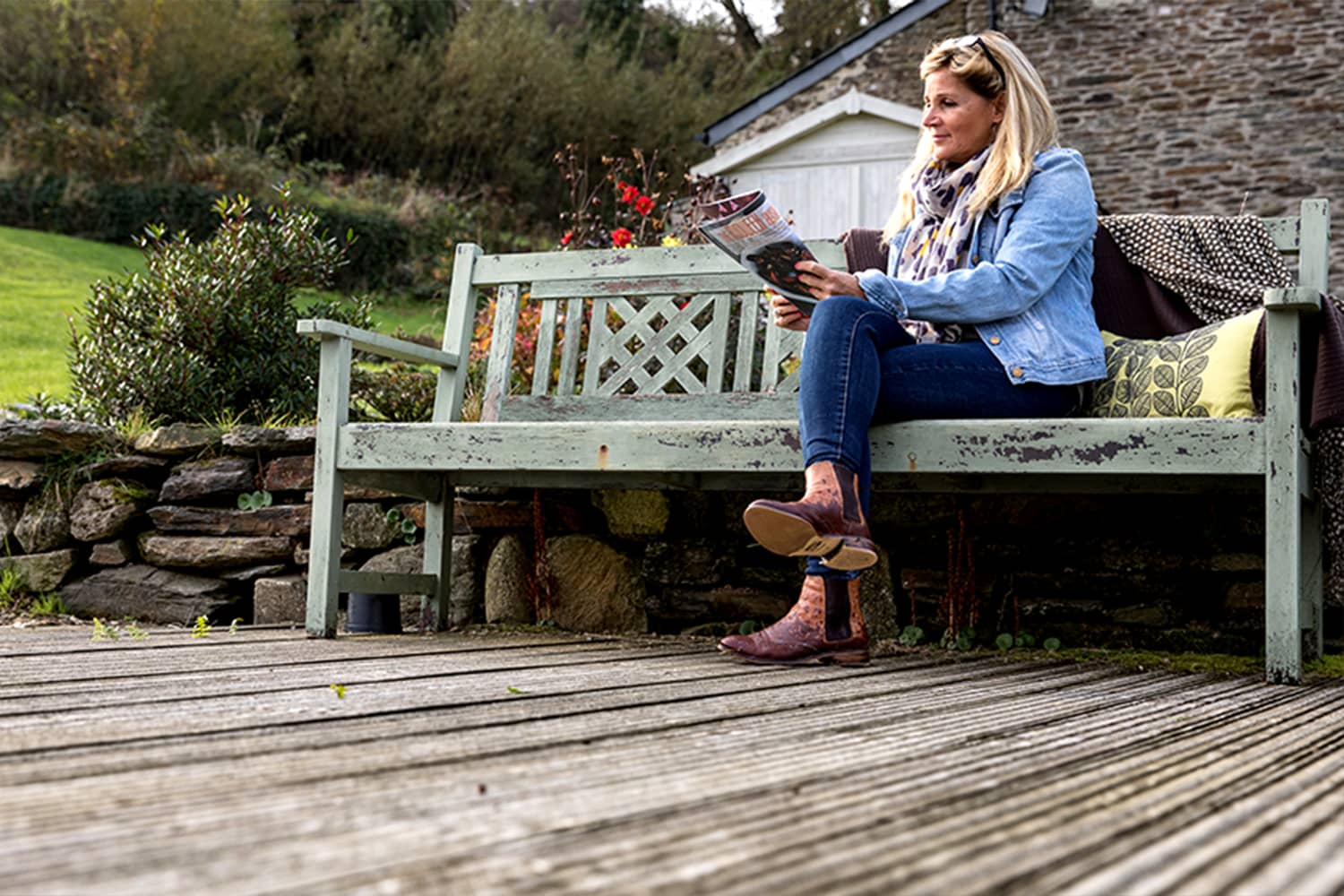Unlike cheaper wood-plastic composite decking, timber decking brings a really natural, contemporary look and feel to a garden. It also lasts longer. Although timber decking has grown in popularity over recent years, it gets very slippery when it’s wet. As well as the rainwater itself, algae, fallen leaves and foliage all make traditional timber decking dangerously slippery. Opting for non slip decking means you can still have the beautiful, natural look of timber without compromising on safety. Gripsure deck boards, which are now available from Homebase, Jewson and Travis Perkins, have an innovative anti-slip finish, so you can enjoy your decking all year round.
Are you looking to build a deck on a balcony or terrace, where weight is an issue? Or do you just want a really quick and easy deck to install? If so, Gripsure decking tiles would be a great option.
